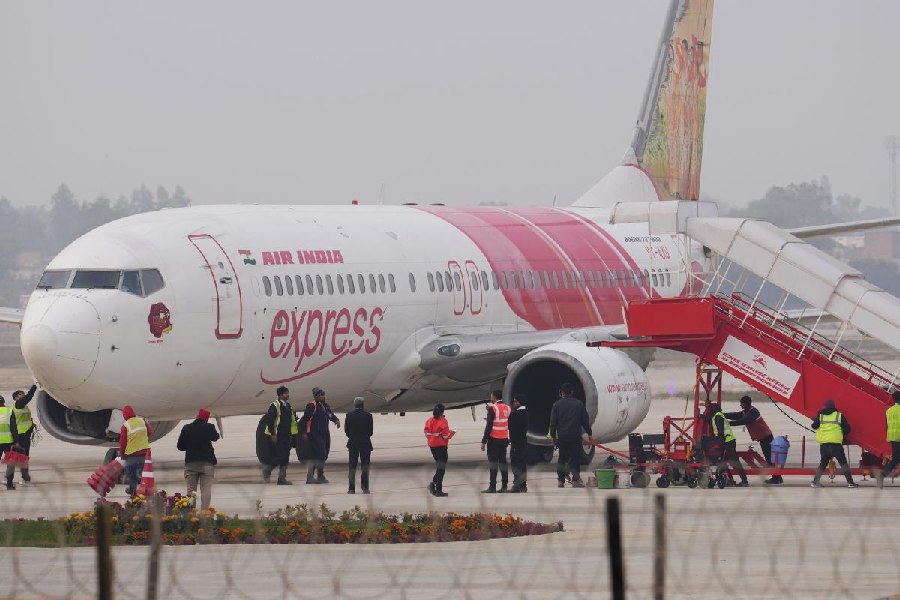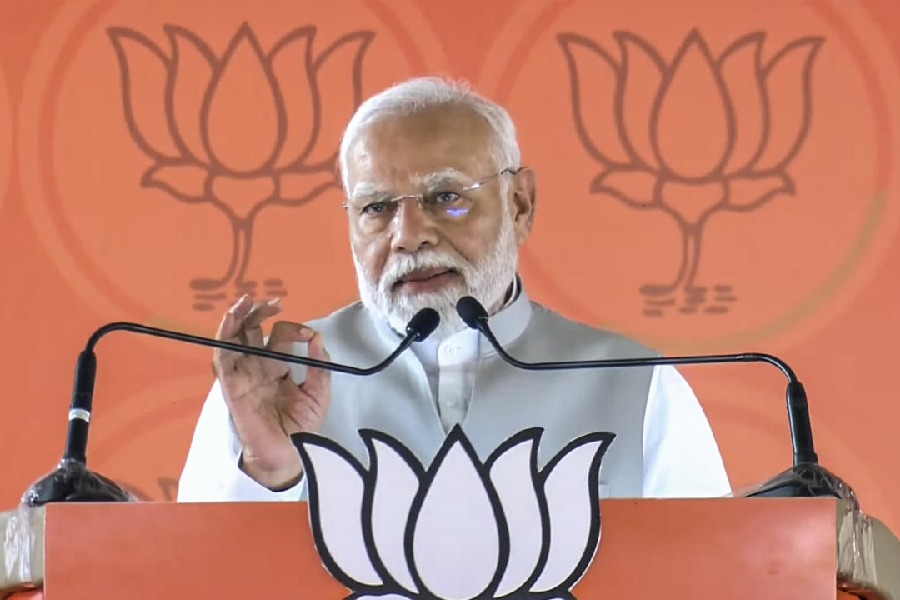The Mamata Banerjee government has decided to initiate the process of introducing Rajbanshi language as a medium of instruction in five districts of north Bengal and ordered regularisation of around 200 private primary schools in the region.
Officials of the state education department posted in the five districts received an order on Tuesday mentioning that two para-teachers should be recruited to each of these schools.
The order also said the private schools would receive grants from the state government from now onwards, for which the land on which those institutions stood would be acquired by the district primary school councils (DPSCs).
“Students would be taught in Rajbanshi language at 120 primary schools in Cooch Behar district. Two para-teachers would be posted at each school and the land has to be handed over to the DPSC,” said Kanailal Dey, the district inspector of schools (primary) of Cooch Behar.
The Rajbanshi community had been demanding for long the introduction of their language as a medium of instruction at primary schools.
While placing the state budget in the Assembly earlier this year, chief minister Mamata Banerjee had said her government would regularise private Rajbanshi medium primary schools.
“Altogether, approval has been given for 200 schools. Of them, 198 are Rajbanshi medium schools while the remaining two are Kamtapuri (a variant of Rajbanshi) medium schools. Along with Cooch Behar, these schools will come up in Jalpaiguri, Alipurduar, North Dinajpur and South Dinajpur districts,” said a source.
The decision, political observers said, is yet another attempt by Mamata to woo the Rajbanshi population. In north Bengal, support of Rajbanshis determines the results of 30 Assembly constituencies and at least four Lok Sabha seats.
Earlier, the chief minister had constituted a development and welfare board and two language academies for the Rajbanshis.
“The decision is vital at a time when the demand for separate statehood, which was earlier raised by different associations of Rajbanshis, has been renewed by various quarters. Through this move, the chief minister and her party managed to drive home the point that the state government is giving due importance to the Rajbanshi language,” said a political observer.
Bangshibadan Barman, who heads a faction of the Greater Cooch Behar Peoples’ Association, said there should be four permanent teachers at each of these schools.
“We welcome the state’s decision to recruit teachers to Rajbanshi schools. But we want four permanent teachers, not two, for each school. Otherwise, the schools will not hand over their land to the DPSCs,” Barman said.










